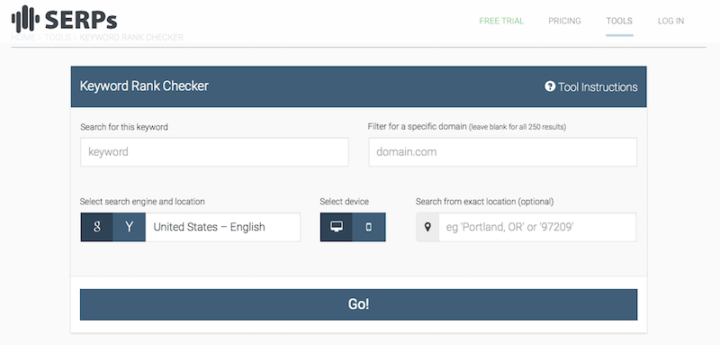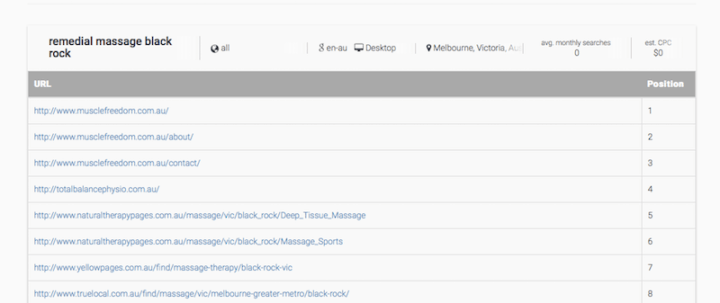
The Christmas gift that keeps on giving…
Dear Santa, please give me a gift that will help me build brand credibility, reward my customers and appease the Google gods.
Spring is around the corner and isn’t it a marvellous time of year? It’s a time for rebirth, rejuvenation, renewal and resurrection. When it comes to your website, it is the perfect time to assess how well your site is performing and to freshen up your web copy if need be. Here are 3 simple steps to spring-clean your website copy and keep the Google gods appeased in the process.
1) Check how your website is ranking
Sometimes when you Google something, it skews the results based on what you’ve viewed in the past. So, you may think your jewellery website is ranking superbly when you type in, “hipster jewellery Melbourne”, but the results may be influenced by your search history. Luckily, there is a fantastic online tool called SERPs that gives you an unbiased look at how your website is ranking for particular keywords in Google or Yahoo. The SEPRs Keyword Rank Checker tool provides the top 250 search results for any keyword or phrase.

Enter the keyword you would like to search for, the search engine, country and device preference. You can specify the location, so that you know how you’re performing in a particular city. SERPs also gives you a good indication of who your main competitors are. Why not do some cheeky spying while you’re at it to see the content strategies they are using on their websites?
In this example, you can see that one of my clients, Muscle Freedom, is ranking #1 for the long-tail keywords “remedial massage Black Rock”. Long-tail keywords are longer and more specific keyword phrases.

2) Research the keywords customers are looking for
Google AdWords allows you to find out how often people are searching for particular keywords in search engines, and how difficult it is to rank for them. To use the keyword planner tool, you must first create an ad. You can then pause the ad if you don’t want to pay for it on an ongoing basis, but this will give you access to the tool.
Go to the keyword planner in the tools section. Hit “search for new keywords using a phrase, website or category” and enter the necessary details. Google Adwords will generate a list of keywords. It will also show the average number of times people have searched for keywords based on the date range and targeting settings you’ve selected. The competition column indicates the number of advertisers that showed on each keyword relative to all keywords across Google. These results provide insight into what you should try to rank for. The trick is not to be greedy and rank for everything. Instead, choose a couple of keywords with a decent search volume and a low to medium level of competition.
In this example, you can see that Muscle Freedom could try to rank for “deep tissue massage”, as 480 people are searching for that keyword phrase each month and the competition is low.
3) Plug these keywords into your website copy
Now comes the fun part. It’s time to spring-clean your website copy. Go through your site and add in the keywords you want to rank for. Do not overdo it, as search engines penalise websites that are saturated with keywords.
While you’re adding those delicious keywords, make sure your content is interesting, informative, grammatically sound, engaging and user-friendly. Any obsolete information should be deleted.
Hopefully with a little bit of love, your spring harvest, aka website leads, will be abundant!
Ink Big Copywriting provide a range of content writing services, including web copy and SEO copywriting. Please get in touch to discuss your content needs. Call 0455 248 602 or email hello@inkbig.com.au.

Dear Santa, please give me a gift that will help me build brand credibility, reward my customers and appease the Google gods.

Discover how to create a newsletter that will be of value to your business and your readers.

There’s a fine art to successfully pitching a story to a media outlet. Discover what to do and what to avoid when constructing a press release and pitching.
0 Comments